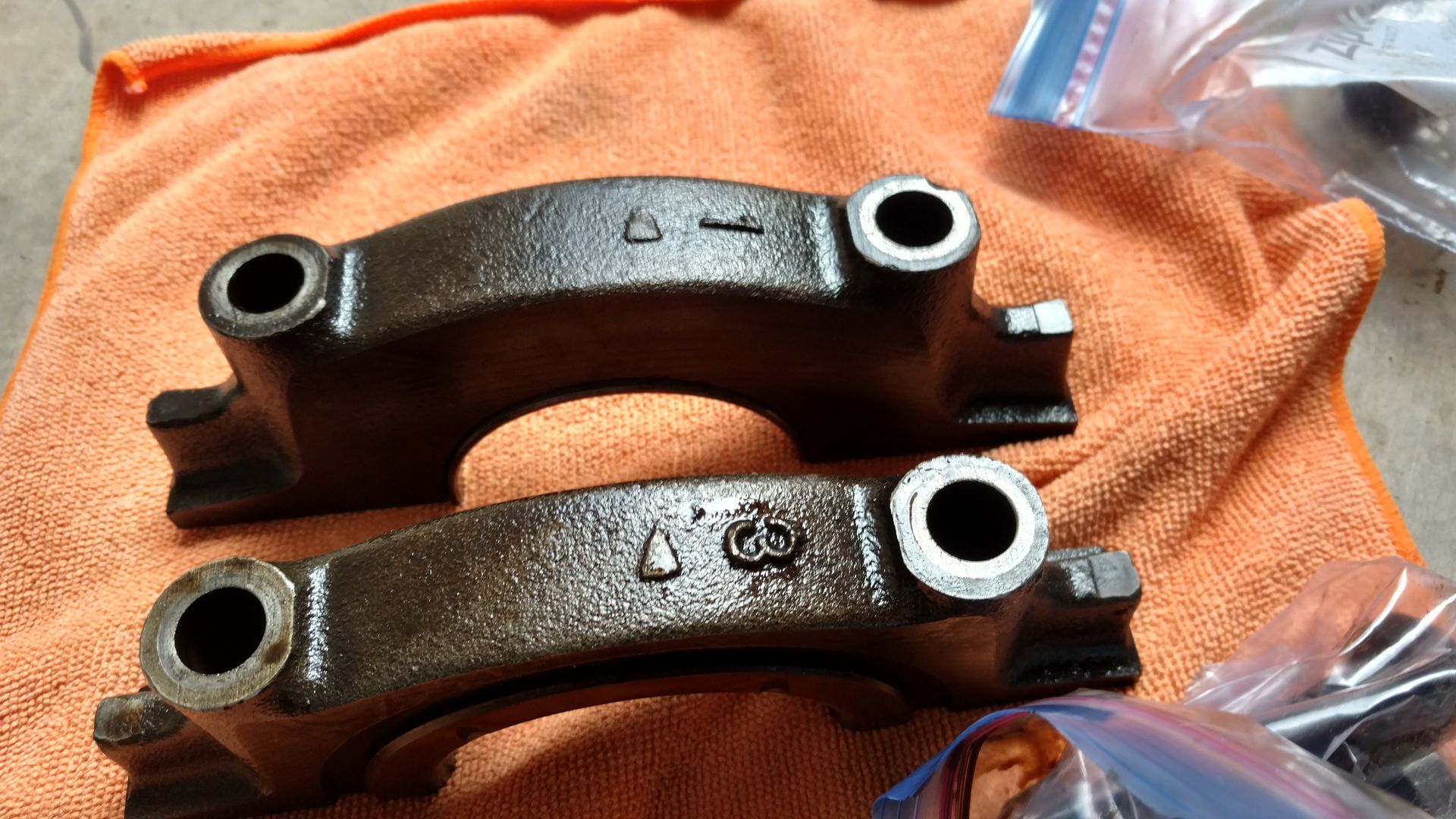Here is a link to some info on the Cleveland.
https://www.cartechbooks.com/techtips/351-cleveland-lubrication/
I cannot say everything is right or wrong in the write up just more info to review.
I only have a couple comments that I will make is that any engine with wet lifter galley, hydraulic lifters, is make sure the bores in the engine block are not worn oversize. I do not have the spec here so I cannot tell you the correct diameter for the bore or the lifter. I do know that when I worked engine shop my boss considered that one of the most critical areas of concern to prevent loosing too much oil around the lifters thus starving the bearings. He had contacts at the time and could hone all the lifer bores to a given size and they would make the lifters to fit the bores. His tolerance for hole size was +.0001" - .000. using a dial bore gauge to verify. Again I don't have the clearance spec to give but your builder should have that. I have seen the Cleveland lifter bores sleeved with bronze or brass sleeves. It would be much easier in my opinion to hone the bores to a given size and have the lifters hard chrome plated and ground to the correct diameter than to add the sleeves. I guess it depends on what you builder has for equipment.
For a street engine not really going to make much difference what they do to the lifters.
My only other advice is don't go overboard with a racing cam that will not live on the street. They are made to run at racing rpm for a short life span and not for cruising around on the street. Heavy valve spring loads beat the valves and seats up. Racing parts do not necessarily make a durable engine. Three angle valve jobs with narrow seats get better flow but will beat down much faster than stock. There are always goods and bad from any combination you pick. If you are trying to drop a tenth of a second in the quarter mile then pushing the limits is what you do. If you want durability and trouble free more stock the better.
A good example of a non wet lifter galley is the 427 side oiler. there is a oil galley down the side of the block for the bearings to feed off of so they never get starved.
Most engine failures are due to abuse, missed gear and over rev and bend or break valve. If you are going to punish the engine for sure add a rev limiter. Can be part of your MSD or ignition package you use, cheap insurance.
Have fun with the build and I am sure we will see more info in future. The whole idea of the forum is to share info not to agree or disagree with others views. It will be up to you to sort it all out and make a decision. Don't you wish there was just one way to build it, lol?





